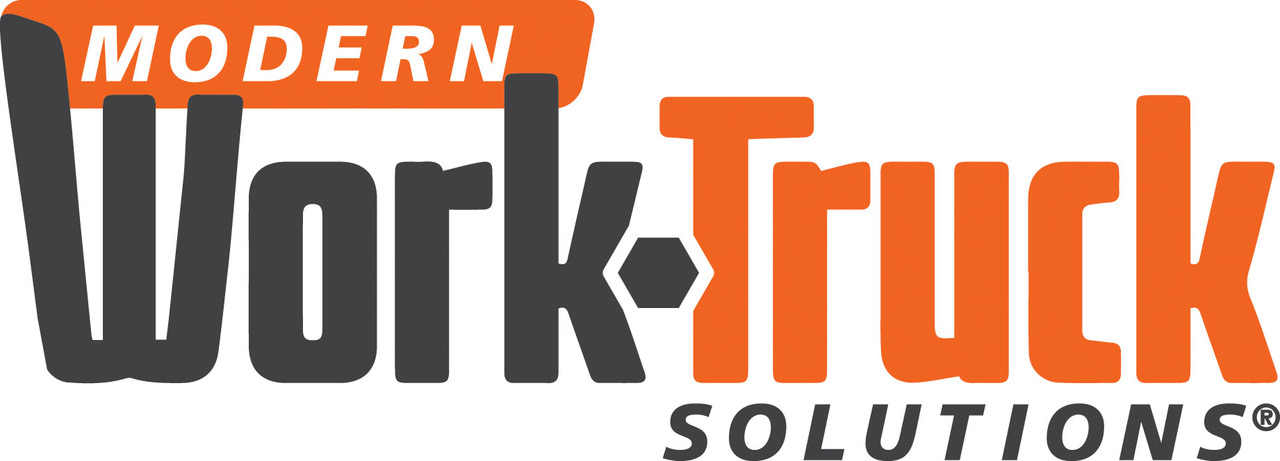Fleet managers often find that even the most feature-rich management systems do not fit their unique operations, despite promising brochures and significant investments. Sound familiar?
You’re not alone. One-size-fits-all solutions rarely work for everyone, as many fleets in the trucking industry are learning. In the meantime, companies that have adopted customized fleet management are outperforming their rivals in ways that go well beyond simple cost reductions.
THE STANDARD SOLUTION TRAP
Standard fleet management packages try to please everyone with many features that promise to solve your problems but often create new ones instead.
Think about optimizing your route. The shortest distance between two locations may be found using standard systems. It makes sense, doesn’t it? Large loads that are incompatible with certain bridges may be transported by your truckers. What about cargo that requires timing and is sensitive to temperature? That “optimized” strategy is now a liability.
The scheduling of maintenance exhibits a similar mismatch. Mileage or time intervals are used in generic systems. Delivery trucks on smooth highways require different maintenance than a fleet of construction vehicles. When all vehicles are treated equally by standard solutions, issues occur.
THE HIDDEN COSTS OF GENERIC SOLUTIONS
Most fleet managers base their software evaluation on initial costs. Calculating expenses, such as training, implementation, and monthly subscriptions, is straightforward. This may be outweighed by the hidden costs of poorly fitting standard solutions.
Workaround: every day, inefficiencies lower production. When systems don’t match workflow, teams use manual procedures: dispatchers maintain their own spreadsheets, the mechanic keeps his own records, and drivers form informal channels when official ones fail.
Missed opportunities are another significant cost. Industry-specific data that could enhance operations is frequently overlooked by generic systems. Refrigerated truck fuel patterns might not be taken into consideration by standard fuel consumption solutions. Does it understand the seasonality of your business?
There are more headaches when you connect traditional software to your tools. Your long-standing accounting program? Your astute customer management system? Connecting standard solutions often requires expensive, specialized integrations.
WHERE PERSONALIZATION MAKES THE DIFFERENCE
Custom fleet management starts by adapting the program to your company. This isn’t just about tweaking dashboards; it is about a system that thinks the way your company does.
Personalization streamlines workflow integration. Your company’s dispatch, maintenance, and driver management routines are tailored to be unique. Tailored solutions align these processes, making operations more efficient by reducing software friction and directly supporting your way of working.
Personalized solutions are enhanced by industry-specific intelligence. Temperature is known to a refrigerated transport system. Construction fleet software recognizes patterns in equipment utilization. These features are not add-ons; they are part of the system. As your company grows, your customized solution evolves with it. These systems adapt to new service lines, routes, and regulations without major changes.
THE OPERATIONAL EFFICIENCY REVOLUTION
Businesses that use customized fleet management report revolutionary gains that surpass straightforward metrics. These are long-term, compounding competitive advantages rather than marginal gains.
When administrative burdens drop, your team can focus on strategic work. Customized systems automate data entry and generate reports tailored to your company’s key performance indicators, making compliance seamless and freeing up staff for higher-value activities.
When data is transformed into actionable intelligence, decision-making becomes more effective. Instead of displaying generic industry averages, personalized dashboards highlight the insights your company needs. By identifying patterns unique to your operation, proactive management becomes possible, rather than relying on reactive firefighting.
Fleet managers are frequently taken aback by the impact of enhanced driver experience. Job satisfaction increases when drivers can accomplish their tasks effectively without defying the system. Improved performance from better tools leads to enhanced retention.
COST REDUCTION THROUGH SMART CUSTOMIZATION
Personalized solutions deliver better returns by targeting cost reductions where your business needs them most—such as lowering fuel waste, minimizing unplanned maintenance, and improving asset utilization—rather than providing generic efficiency gains.
Fuel management becomes precise with tailored systems. By learning your company’s specific driving habits, vehicle types, and routes, personalized solutions identify unique sources of fuel waste and provide actionable recommendations, leading to measurable savings.
Beyond general schedules, maintenance optimization employs condition-based tactics. By considering driving habits, vehicle history, and operating conditions, your system discovers the true wear patterns of your fleet. Both excessive maintenance and unplanned failures are avoided by this accuracy.
Personalized systems optimize assignments by matching actual operational constraints and each driver or vehicle’s true capabilities, increasing resource utilization.
THE IMPLEMENTATION ADVANTAGE
Implementation complexity is one concern with customized solutions. Will custom software be more difficult to learn and take longer to deploy? Frequently, the opposite is true.
Training becomes natural since customized solutions align with your current workflows. Your team is simply using better tools to carry out procedures that they already understand. Since the system integrates seamlessly with your business, implementation usually proceeds more smoothly.
When technology complements established procedures rather than replacing them, change management becomes simpler. Rather than learning completely new methods of operation, managers, dispatchers, and drivers can concentrate on utilizing the new capabilities.
Encouragement: when your solution provider is aware of your operation, quality improves. You receive specialized help from individuals who are familiar with your business model and its specific challenges, rather than general troubleshooting.
MAKING THE BUSINESS CASE
Ultimately, strategic vision determines whether to utilize standard or customized solutions. Are you creating competitive advantages or controlling expenses?
You can meet industry minimums by using standard solutions. They will help you stay ahead of industry standards. However, they won’t make your business stand out or give you long-term competitive advantages.
Tailored solutions make your fleet a valuable strategic asset. They make it possible to achieve operational excellence that is hard for rivals to match. When your tools are specifically tailored to your company, you can implement strategies that no one else can match.
THE PATH FORWARD
Leaders and followers are becoming increasingly distant as the transportation sector undergoes rapid change. When it comes to business strategy, technology is making a significant difference.
Despite their seeming safety, general solutions can be misleading. Today’s safe option can become tomorrow’s strategic mistake when rivals acquire operational advantages through more suitable technology.
Ask yourself if you can’t afford customized fleet management rather than if you can. In a field where efficiency determines survival and margins are crucial, having the right tools is more than just helpful. They are essential.
Generic solutions are not enough for your fleet. It requires technology that understands your industry, leverages your advantages, and helps create competitive advantages for future success.
about the author
Robert Bona is CEO of AdvanTech Inc. He has provided numerous advanced asset tracking and inventory management solutions, which include automated data capture technologies (RFID, voice recognition, optical scanning and telematics).




